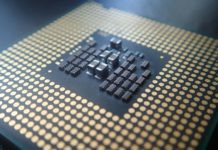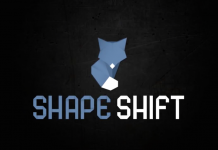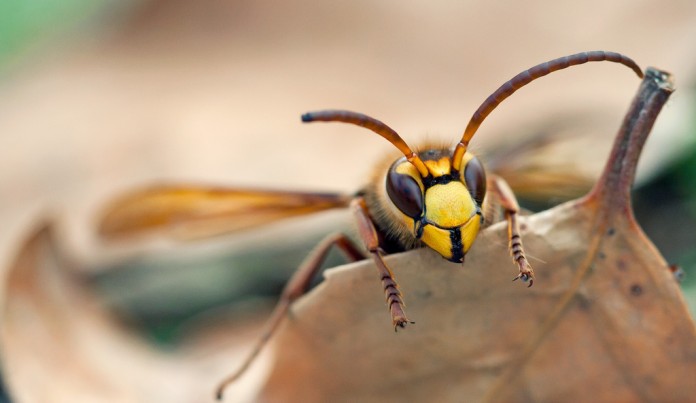A whitepaper released by a team of researchers from the ETH Zurich University and University College London on the 21st July 2015 which describes HORNET as, “a system that enables high-speed end-to-end anonymous channels by leveraging next generation network architectures”.
HORNET stands for “High-speed Onion Routing at the Network Layer”. It is basically TOR on steroids. We all know and love TOR, but it can be frustratingly slow, and its effectiveness at keeping users anonymous has been questionable. Despite this there are still 2 million daily users of TOR.
HORNET aims to solve some of these issues, the HORNET network for instance is capable of running at a mouth watering 93 Gb/s. It’s key objectives are to be scalable, whilst remaining efficient, and most importantly anonymous.
For those of you who don’t know what The Onion Router (TOR) is, we would recommend that you visit the site, and download the browser. TOR allows you to browse the internet anonymously without the risk of governments snooping on you. It can be particularly useful in countries which restrict free speech and freedom of information, as you can circumvent internet censorship. As mentioned above though, it is much slower than a normal internet connection, because alll your data is passed through a web of other computers in order to obfuscate where, what and who is looking at the data.
CryptoGlue believes that if HORNET can be developed further, it can become the next standard of anonymous internet security. The next steps for the research will be to get a peer review, and hopefully it will be developed into a fully functioning program in the near future.
Let CryptoGlue know if you are working on a research paper with a focus on cryptography, anonymity, privacy or crypto-currencies. Email us: [email protected]
Photo credits: Umberto Salvagnin https://www.flickr.com/photos/kaibara/5033612121/ (CC 2.0)

































